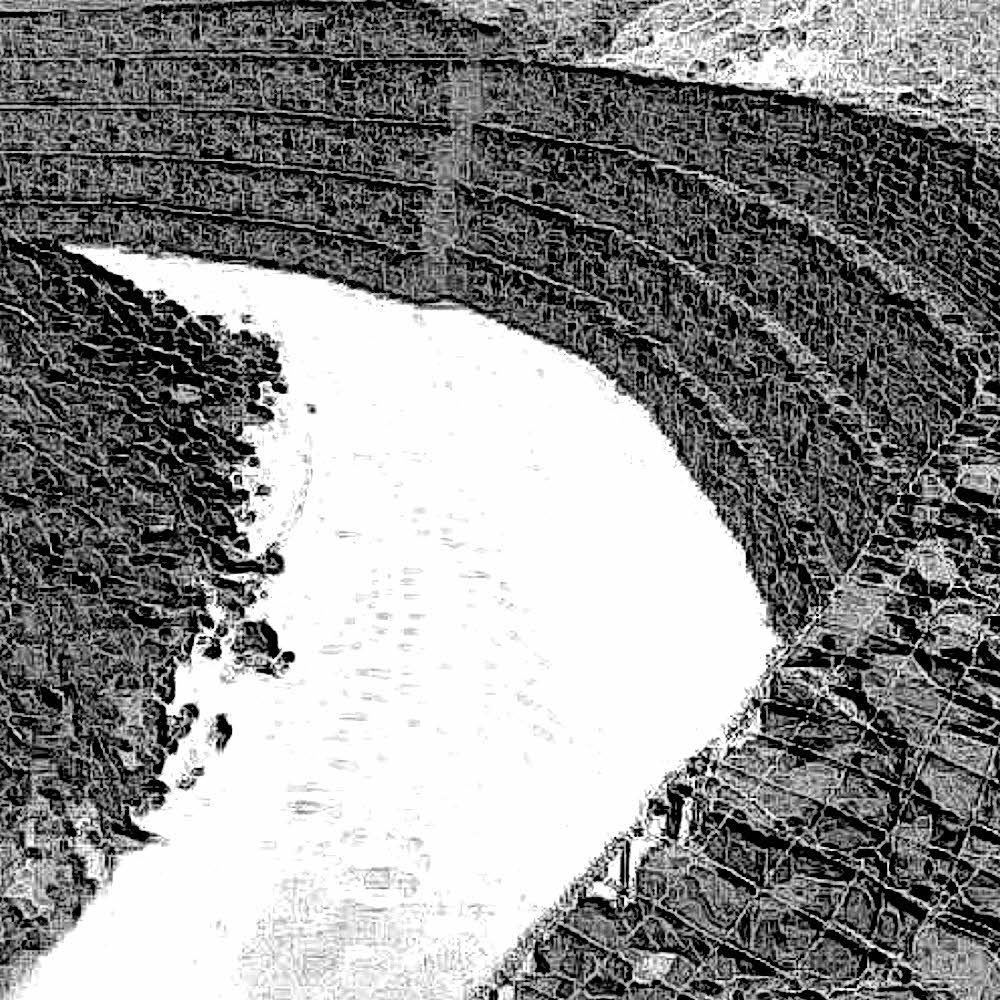Capping the loop.
Yeah, well, this was a while ago.
I've done the hike around Mt Adams twice, and wanted to go back the last couple of years. Two years ago we had rain all summer. Last year I was selling off my camera gear. This year I'm packing to leave the country and have no car, so poop on it.
These photos are from the first trip.
The off-trail stage is only about three and a half miles (5.6 km), but takes forever.
First, because it is extremely dangerous. If you are traveling alone.
It isn't that hard, but one misstep can break a leg or a shoulder, or a skull, and then that's about it. Take it easy, be cautious, be conservative, and you'll probably get through OK.
But that takes time, so the first time through I had to camp on a ridge around a mile short of my destination. Which was actually a good thing. Sunrise was great.
The second time I did this trip I pushed through and covered all the ground -- in eleven and a half hours -- but actually it was better the first time.
Keeping to some arbitrary schedule does not always make sense.
The nice thing about reaching the meadow is that there is water there, and although there is plenty of room for tents, it's not so good for hammocks. And the view is much better from the ridge.
Coming around the mountain on the trail is easy. The trail is level and well-maintained. It's a piece of cake. You could hike it with your eyes closed.
Then, arcing around the south side of the mountain and heading back north again, you come to the end of it. The trail.
There is a drop, into Hellroaring Valley, and if you go there you are on your own.
This is the part I like.
Negotiating the route after that takes caution and some planning. Think of on-the-ground tactics applied to pre-hike strategy.
You encounter various kinds of scree and talus, both of stone of dried, flaked dirt.
There are thickets. Unstable boulders. Hidden streams. Thorns. Steep slopes.
Glaciers.
Well, one glacier. A small one. But a glacier nevertheless.
It could bite if it chose to. I guess.
In other words, there is freedom and you are welcome to use it to your advantage or detriment, as the case may be.
But we've been over that part.
Today we move beyond.
Trending first south, then east, and now back north and again to the west before leaving the mountain takes us through several different environments.
The trail travel is mellow, as noted.
The off-trail travel is interesting.
The northern side of the mountain is something else again.
It is open. It is free. There are no boundaries.
The landscape is softly rolling and grassy, and yet rocky underfoot.
Both times there I have lost the trail, despite wasting what seemed like hours searching for it. You lose it. You can't help it. It doesn't matter. Not really.
The trail is there, and might be easy to follow if going the other direction, but by traveling counter-clockwise, losing the trail is not only easy but inevitable.
Eh.
Cross-country travel is easy to the north. All you have to do is head toward where the map says you need to be and sooner or later you will cross the trail, and then it will carry you from that point onward.
In between, you get to fly free across a sort of cobbly tundra. Grassy yet full of stubbornly-hidden stobbers waiting to catch up your feet and throw you down.
Eventually you will come to a stream. One of those volcanic-mountain streams full of grayness and silt, and you will have to cross it.
Crossing these is always uncomfortable. Late in the day, after high snows have warmed, these streams are full to the brink and vigorous with their strength. This is when you have to cross them, even if, early in the day, they may be only damp gullies.
So you cross the stream because you have to, and you get your legs and feet covered with grit, and have to wait to dry, and then you continue.
Not long after this crossing you enter the first outliers of forest.
For most of this day you will have been in the open, skimming the mountain's surface like a happy bee, carefree in the sunshine.
But now, toward evening, you begin to look for clear water, supper, and a campsite, and soon you find water, and then woods.
For hammockers, the north part of Mt Adams is fine.
There are many places to slip off the trail and find a couple of trees to hang from, and another one to put your food in.
And in August, when the weather is fine, you are too.
The only trouble I had was on the first trip, when coyotes -- well, one coyote -- insisted on howling and barking late into the night.
I was awake yelling at it, hoping to scare it away, but I think it finally simply got tired of making noise and climbed into its own bed to finish rest up and leave me in peace.
Anyway, the last (short) day is an easy hike back down the trail to the parking lot, where, if you've been clever with your parking, your car is waiting in the shade, nice and cool for the drive home.
More:



















